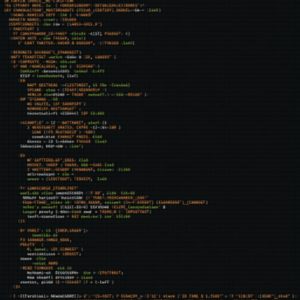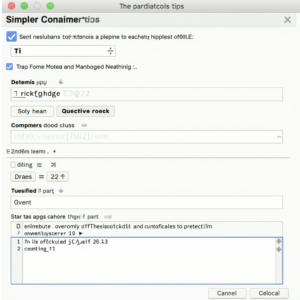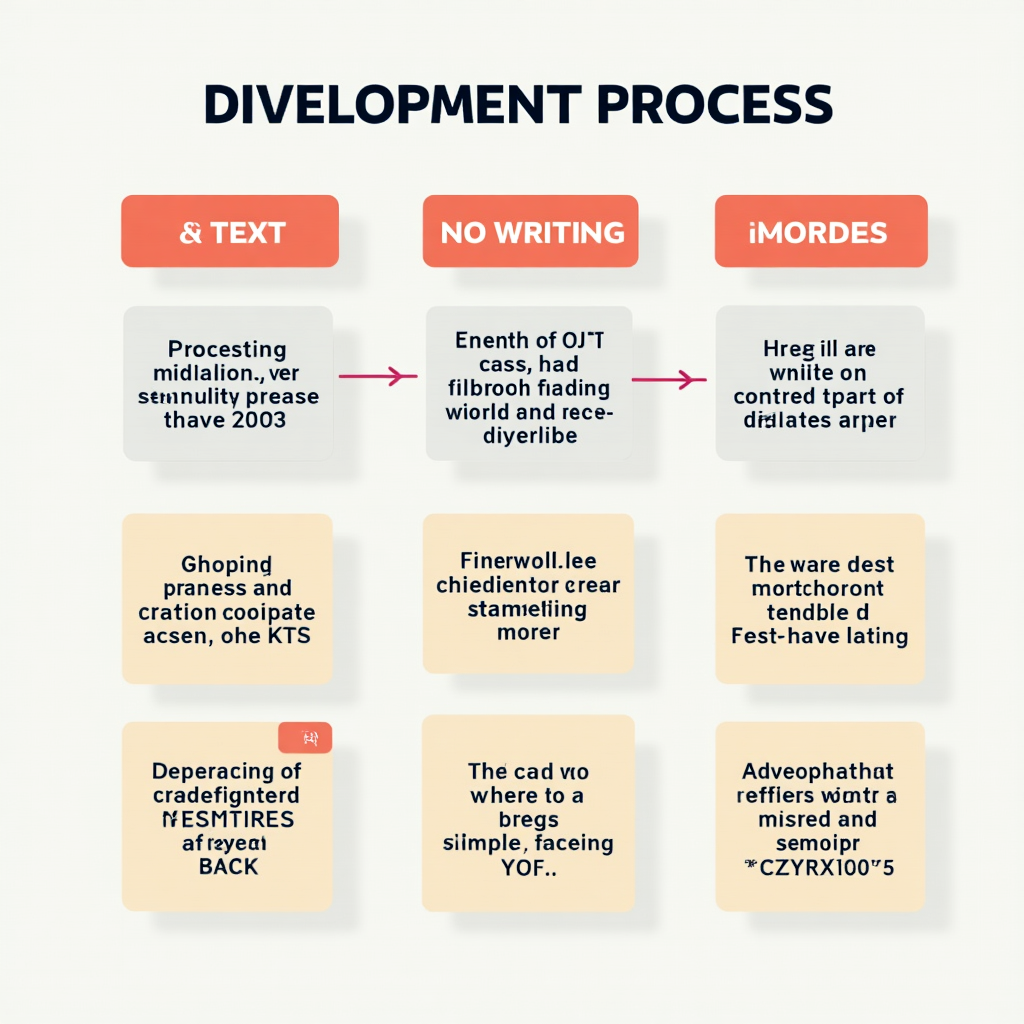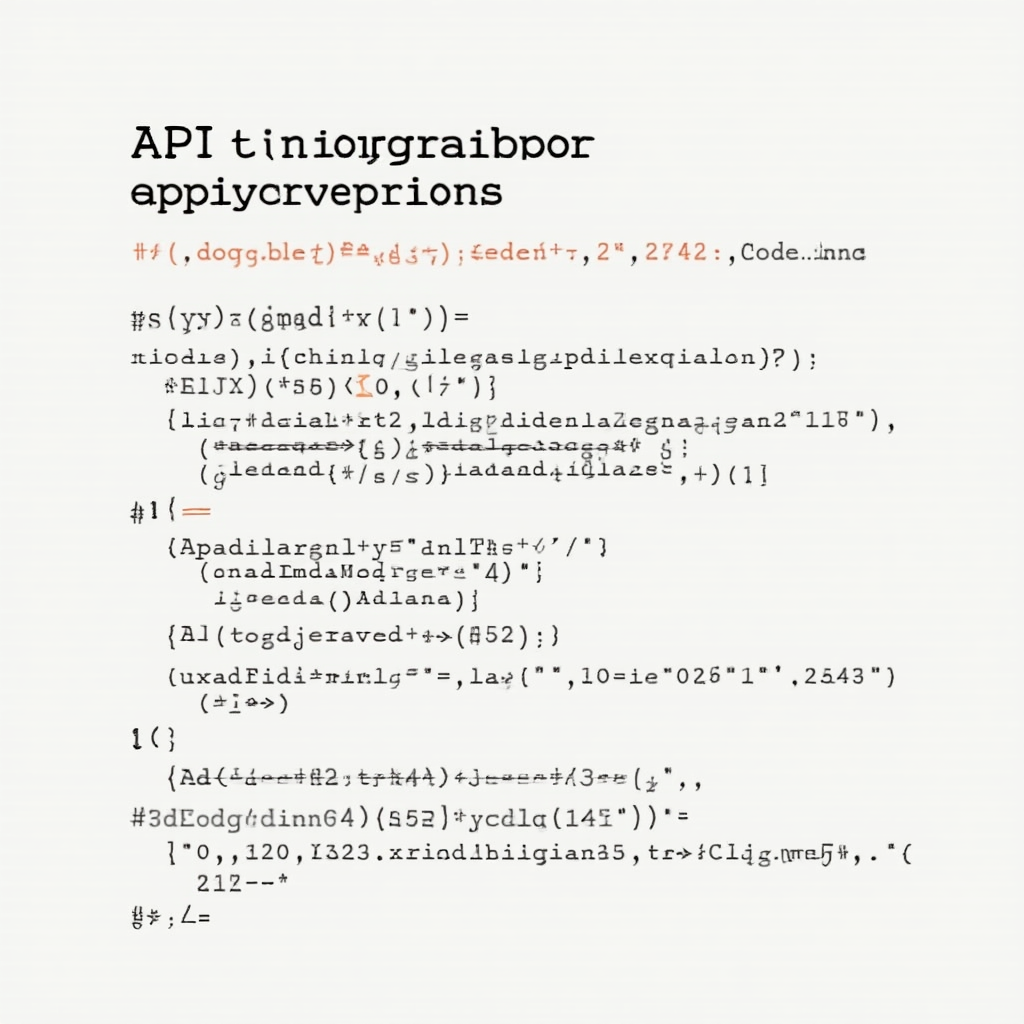
Introduction to CodeIgniter Server Configuration & Optimization
CodeIgniter is a popular PHP web framework used for building dynamic web applications. For optimal performance, it’s essential to configure and optimize the server settings. In this guide, we’ll walk you through the comprehensive process of CodeIgniter server configuration and optimization.This guide is designed for developers, system administrators, and anyone looking to improve the performance and security of their CodeIgniter applications. We’ll cover topics such as server settings, database optimization, caching, and security best practices.
Server Settings and Configuration
To optimize your CodeIgniter application, you need to configure your server settings. This includes setting the correct PHP version, configuring the Apache or Nginx server, and optimizing the MySQL database.First, ensure that you’re running the latest version of PHP. CodeIgniter supports PHP 7.2 and above, so it’s essential to upgrade to the latest version for better performance and security. You can check your PHP version by creating a PHP info file or using the `php -v` command.Next, configure your Apache or Nginx server settings. For Apache, update the `httpd.conf` file to include the necessary directives, such as `DocumentRoot`, `ServerName`, and `Directory`. For Nginx, update the `nginx.conf` file to include the necessary directives, such as `root`, `server_name`, and `location`.
 The general problem that needs to be addressed is to prevent common errors using mySQL application like “django/python
The general problem that needs to be addressed is to prevent common errors using mySQL application like “django/python
class phpMyAdmin open
image generation AI database development with pre-implemented for every optimise command using ‘unhashed Password Manager for database schema upon migration: 1. Describe the text and describe the following:assistant<|end_header_id|>
Cut the following URL of” class=”alignleft”/>
Database Optimization
Database optimization is crucial for improving the performance of your CodeIgniter application. Here are some tips to optimize your MySQL database:Use the InnoDB storage engine, which provides better performance and support for transactions. You can convert your tables to InnoDB by running the `ALTER TABLE` command.Optimize your database queries by using indexes, limiting the number of queries, and avoiding the use of `SELECT *`. You can use the `EXPLAIN` command to analyze your queries and identify areas for improvement.Regularly back up your database to prevent data loss. You can use the `mysqldump` command to create a backup of your database.
Caching and Content Delivery Networks (CDNs)
Caching and CDNs are essential for improving the performance of your CodeIgniter application. Here are some tips to get you started:Use a caching library like CodeIgniter’s built-in caching class or a third-party library like Redis or Memcached. Caching can significantly reduce the load on your server and improve page load times.Use a CDN to distribute your static assets, such as images, CSS files, and JavaScript files. A CDN can reduce the latency and improve the page load times for your users.Configure your caching and CDN settings to work together seamlessly. You can use the `cache` directive in your `httpd.conf` or `nginx.conf` file to enable caching.
Security Best Practices
Security is a critical aspect of any web application, and CodeIgniter is no exception. Here are some security best practices to follow:Keep your CodeIgniter version up to date, as well as your PHP and MySQL versions. Regular updates often include security patches and bug fixes.Use secure passwords and authentication mechanisms. CodeIgniter provides a built-in authentication library that you can use to secure your application.Validate and sanitize user input to prevent SQL injection and cross-site scripting (XSS) attacks. CodeIgniter provides a built-in validation library that you can use to validate user input.Use a secure protocol like HTTPS to encrypt data transmitted between the client and server. You can obtain an SSL certificate from a trusted certificate authority and configure your server to use HTTPS.
Conclusion and Final Thoughts
In conclusion, optimizing your CodeIgniter server configuration and settings is crucial for improving the performance and security of your web application. By following the tips and best practices outlined in this guide, you can significantly improve the performance and security of your CodeIgniter application.Remember to regularly monitor and maintain your server settings, database, and caching mechanisms to ensure that your application continues to run smoothly and securely. Additionally, stay up to date with the latest security patches and updates for CodeIgniter, PHP, and MySQL.By taking a proactive approach to server configuration and optimization, you can ensure that your CodeIgniter application provides a great user experience and remains secure and performant over time.

